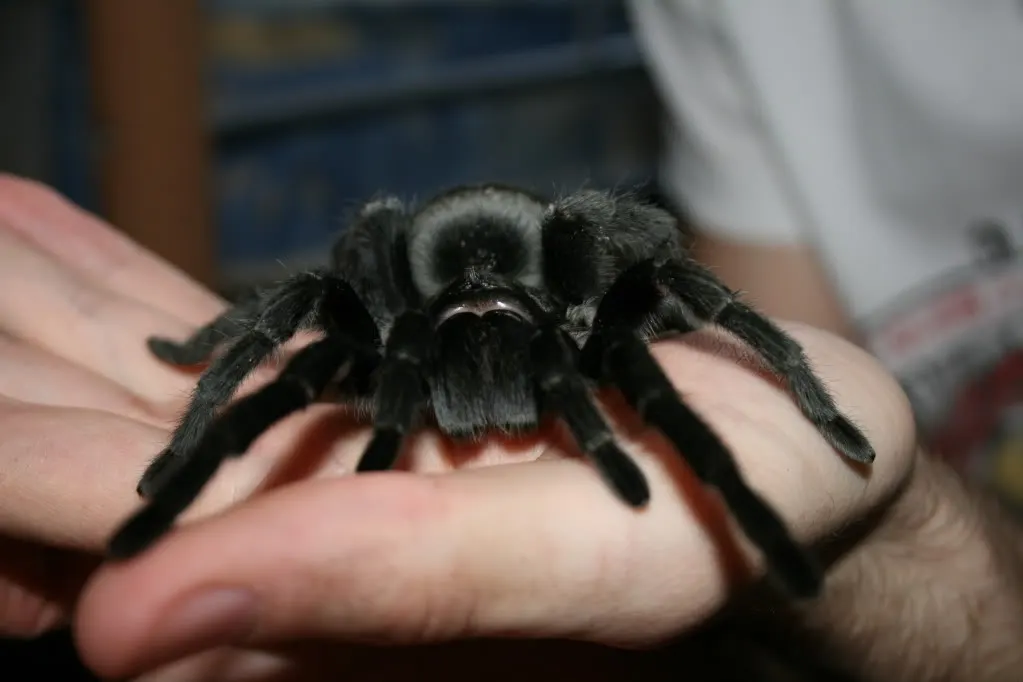Educational Value of Grammostola pulchra in Schools: Dispelling Arachnophobia Myths
Introduction: Beyond the Myths
Spiders, especially large tarantulas, often evoke fear and are surrounded by myths and misinformation. Arachnophobia, the fear of spiders, is one of the most common specific phobias. Introducing species like the *Grammostola pulchra* in controlled educational settings can be a powerful tool to combat these fears and foster appreciation for these unique creatures.
G. pulchra’s Relatively Docile Nature
The Brazilian Black Tarantula is widely regarded in the tarantula keeping hobby as one of the most docile and calm species. While individual temperaments can vary, they are generally slow-moving, reluctant to bite, and less prone to flicking urticating hairs compared to many other New World tarantulas. This calm demeanor makes them potentially suitable ambassadors for their kind in educational programs, under careful supervision.

Dispelling Arachnophobia
Direct, positive experiences can significantly reduce fear. When students can observe a *G. pulchra* calmly resting or moving slowly, it challenges the stereotype of spiders as aggressive, fast-moving threats. Key educational points include:
- Defensive, Not Aggressive: Explaining that tarantulas bite only as a last resort when they feel threatened, not out of malice.
- Ecological Role: Teaching about their role as predators controlling insect populations.
- Diversity of Spiders: Highlighting that most spiders are harmless to humans and play vital roles in ecosystems.
- Correcting Myths: Addressing common misconceptions, such as the idea that all tarantulas are deadly poisonous (their venom is generally mild, comparable to a bee sting, though allergic reactions are possible).
A Classroom Ambassador
Having a live *G. pulchra* as a classroom “pet” (managed by the teacher or a knowledgeable volunteer) can provide ongoing learning opportunities:
- Observing molting processes and growth.
- Learning about proper animal husbandry and responsible pet ownership.
- Integrating lessons on habitat, adaptation, and biodiversity.
- Inspiring curiosity and scientific inquiry.
Properly using tarantulas in education requires careful planning and supervision.
Responsible Educational Use
Safety and Ethics are Paramount: Using any live animal in education requires strict protocols. Handling should be minimized or avoided, especially with students, to prevent stress to the animal and potential bites. The tarantula’s welfare must always be the top priority. Secure housing and knowledgeable care are non-negotiable. Alternative methods like high-quality videos, photos, and shed exoskeletons can also be effective teaching tools.
By showcasing the calm nature and unique biology of the *Grammostola pulchra*, educators can effectively challenge negative stereotypes, reduce arachnophobia, and foster a greater understanding and respect for the often-misunderstood world of arachnids.
Further Reading: Information about the fear of spiders can be found on Wikipedia’s page on Arachnophobia.